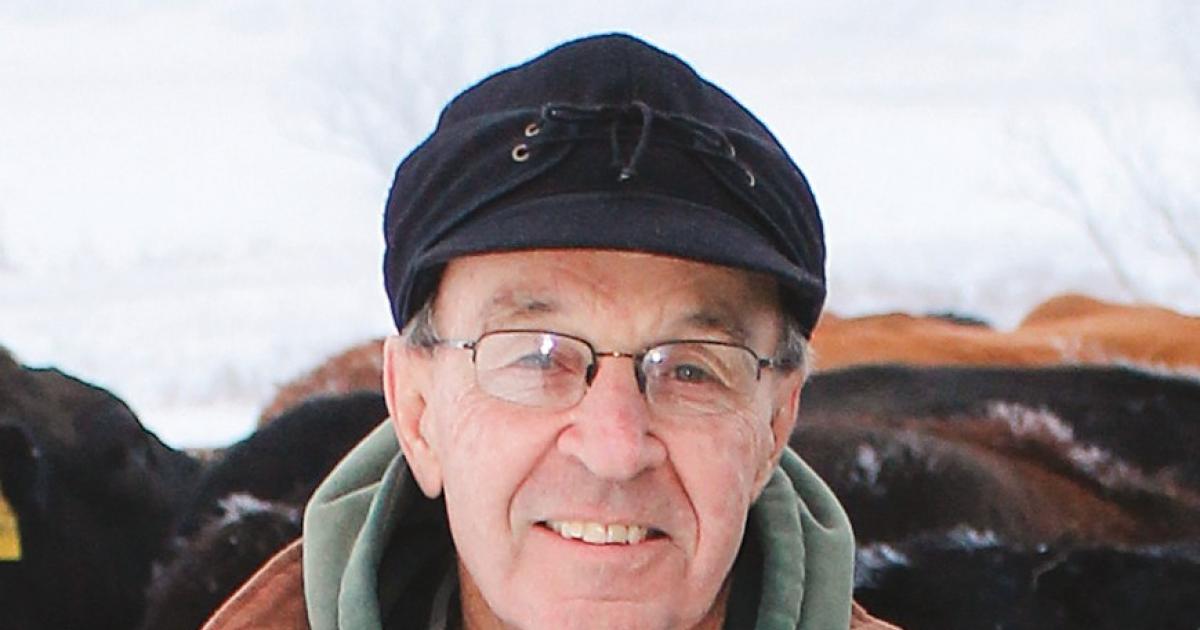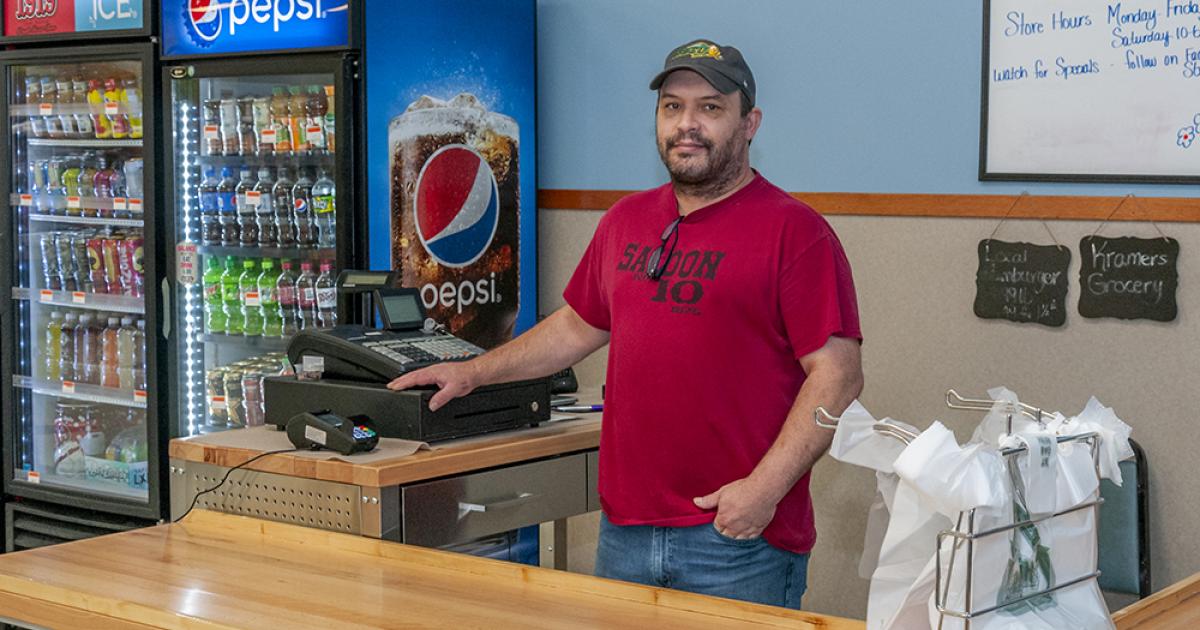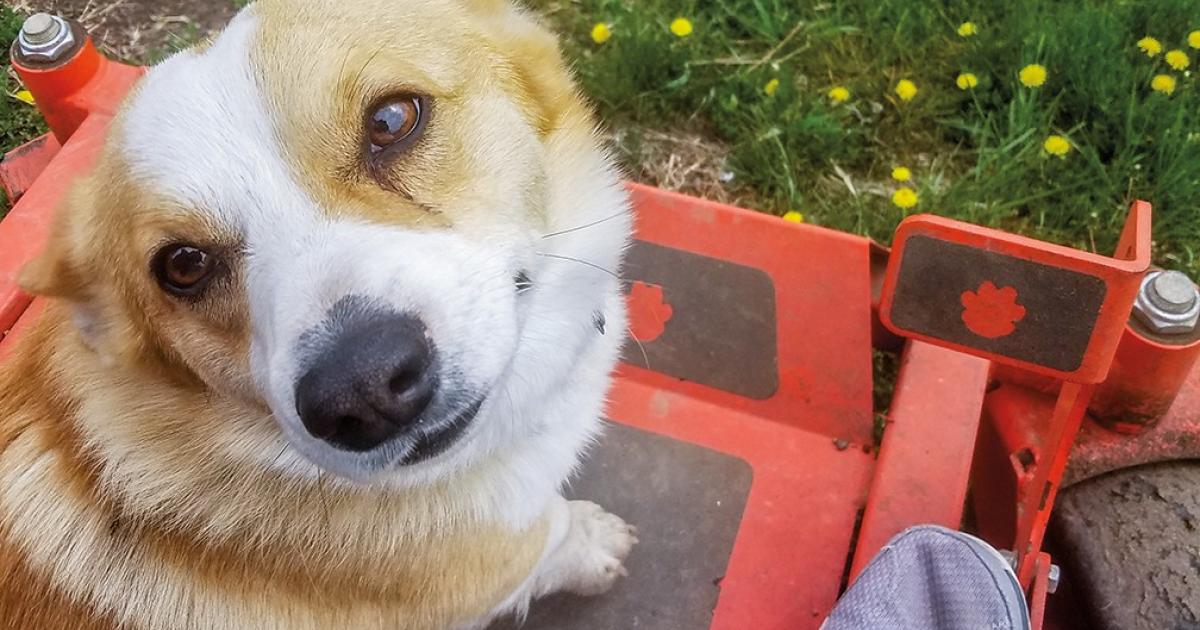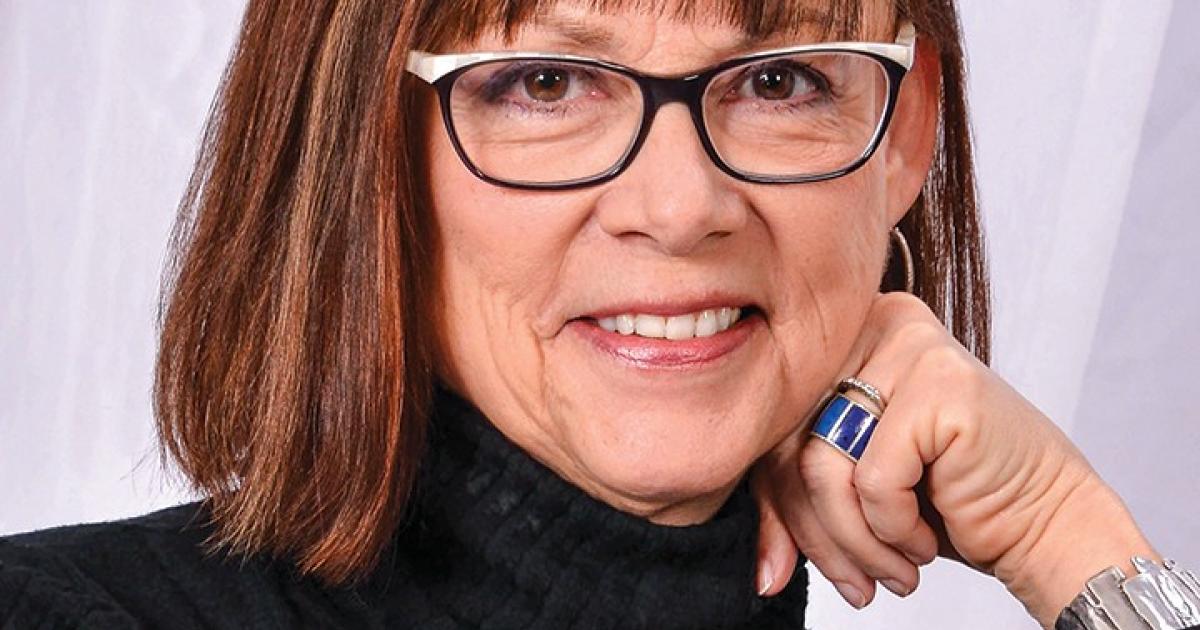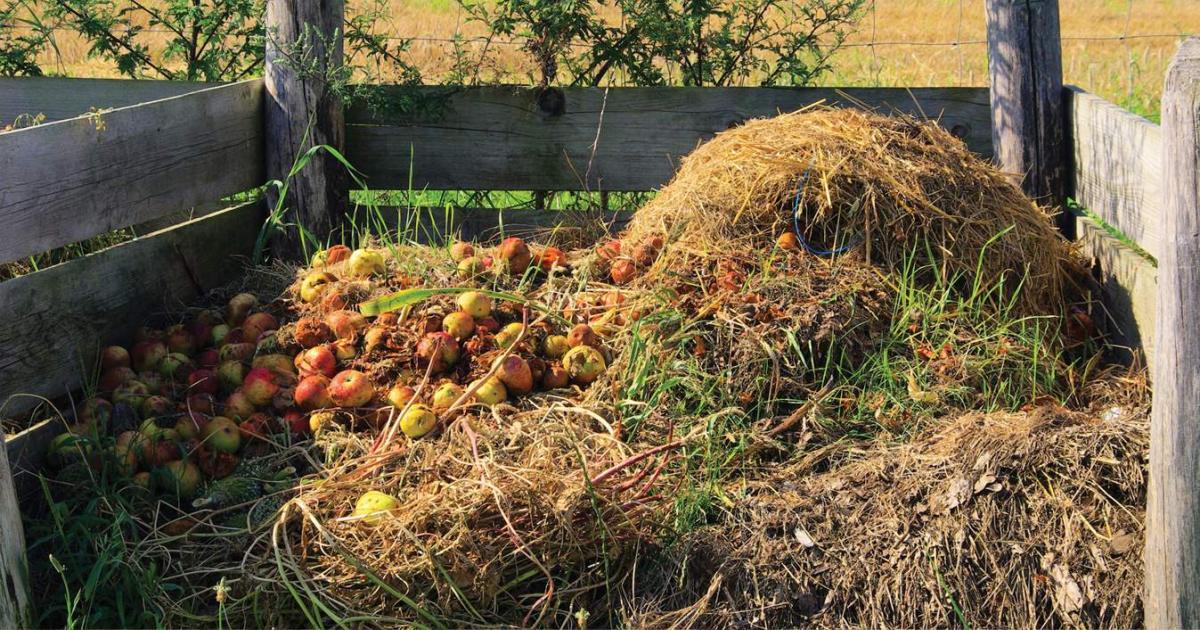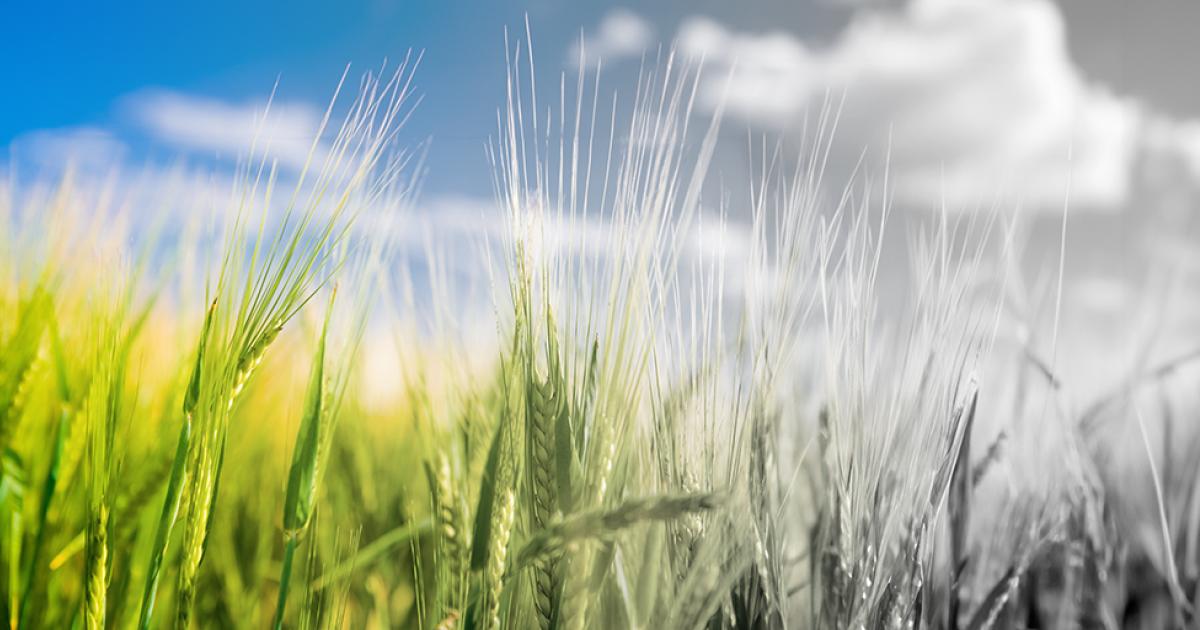Farmland values and a trip to South Dakota
On a cold day in late December 1978, photographer Donna VanHorn and I drove to Aberdeen, S.D., to do a report on foreign ownership of U.S. farmland. The economic boom in agriculture in the 1970s caused a dramatic rise in land values. The average price of farmland in North Dakota topped $100 an acre in 1972, then tripled in the next five years. There was concern that foreign investors might be taking advantage of the run-up in land prices, if not being at least partially responsible.
For many people, the idea of foreigners owning U.S. farmland was problematic. But the extent of the problem, nationally or here in North Dakota, was not known. I called every county auditor in North Dakota and found very few cases of foreigners owning land in this state. But I learned there had been more such activity in South Dakota. Thus, the trip to Aberdeen, S.D.
There, realtor Robert DeVaan told us German investors had spent about $3 million for 6,500 acres of farmland around that community. He said the Germans wanted land that was all tillable, level, with no rocks and adjoining in one large package. He said they wanted land they could cash rent for a 5% to 6% return on their investment. DeVaan said he believed the foreigners were buying in South Dakota and not in North Dakota, because South Dakota didn’t have a state income tax.
By 1978, the average value of cropland in North Dakota had climbed to $365 per acre. Last year, cropland in the state averaged over $2,000 per acre. But that’s the average. Some highly productive land is selling for four times that.
One realtor told me the demand for land remains strong, and land values increased dramatically in late 2021, due to a number of factors, low interest rates being the primary one. He said outside investors, domestic or foreign, while interested, don’t seem willing to pay what existing farmers and ranchers are willing to pay.
Al Gustin is a retired farm broadcaster, active rancher and a member of Mor-Gran-Sou Electric Cooperative.


